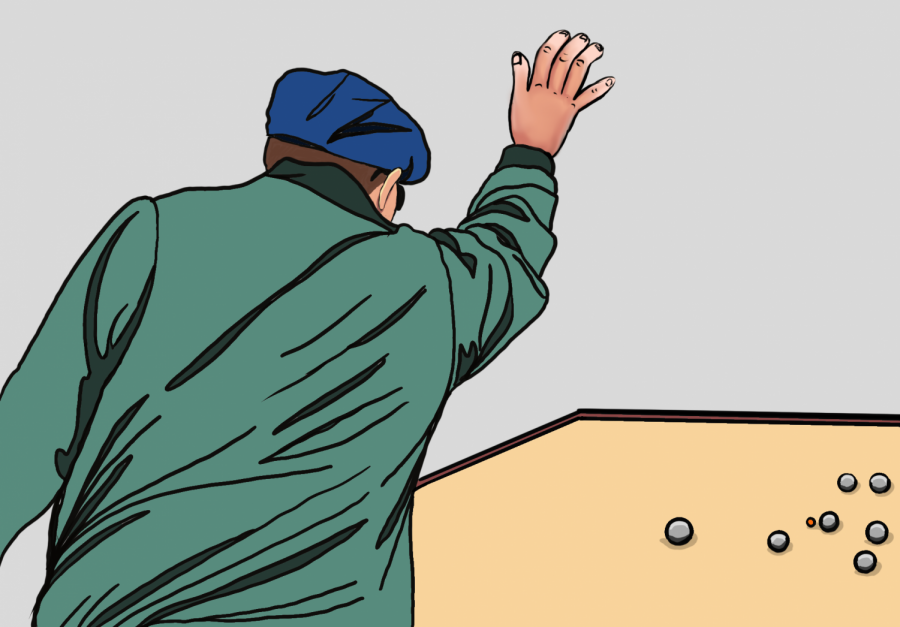She seems to be the odd one out. She’s typically smaller, wears a different color jersey from the rest of her team, runs on and off the court at seemingly random times and always stays in the back of the rotation. She is subject to a different set of rules and has, within the past few years, greatly changed the sport of volleyball. She is the libero.
The libero (pronounced lee-BEH-roe) is a type of player that has never before been seen in collegiate sports. This new position came into being in college volleyball in 2002 and was adopted by high school programs in 2006.
“A defensive specialist would be the best way to explain it,” said sophomore libero and co-captain Kelsie Butts. “I’m not at the net and I’m in charge of the back row, so any ball that I can reach I’m basically in control of.”
Her role is to help the team out on defense in place of a typically large middle hitter. She can never make an attacking shot or be within 10 feet of the net, among other regulations, but the added help of having a quick and agile player in the back row that can take the place of a larger and less defensive player is invaluable.
Also, the substitution of the libero doesn’t count towards the team’s limited total number of substitutions for a game, making it much quicker for her to run on and off the court. She wears the different colored jersey to help the referees in this quick substitution.
“I think it’s made the women’s game faster and more exciting. At the top levels of the game, it’s made it necessary to have smarter and more powerful attackers because the defense on the other side of the net is much more dynamic,” said Carolyn Papineau, Whitman’s head volleyball coach.
Beyond the impact that the position has had on the game, the libero position created a niche in volleyball for smaller, more nimble players who might never have had the opportunity to play at the collegiate level before.
“It’s definitely been a cool opportunity for girls my height to play just because, you know, I’m not some 6-foot hitter,” said the 5-foot-5-inch Butts.
“Also, it’s nice because you have a purpose. I’m shorter so it’s easy for me to get to the ground faster… It’s just the most comfortable for me.”
The libero also reads and analyzes the defense and is, essentially, the captain of the defense.
“Kelsie is very vocal and she’s always calling out what she’s seeing for the other defenders. Liberos take the majority of free ball and serve receive passes because passing is their area of expertise,” said co-captain Alex Graves. “If there’s a ball in between two players the libero is going to take it; she has precedence [in the back row].”
As the team’s “second quarterback: next to the setter,” according to Coach Papineau, the position involves a lot of leadership and experience. With the addition of the position on high school teams, collegiate programs are beginning to see many more specialized liberos who have been playing the position their entire career.
This added experience helps ease the transition into collegiate volleyball for many liberos. Also, with athletes getting bigger every year, it allows a smaller, more agile player play in a game which, in the past, has been much like the best rides at an amusement park: you have to first pass the height requirement in order to get in.









